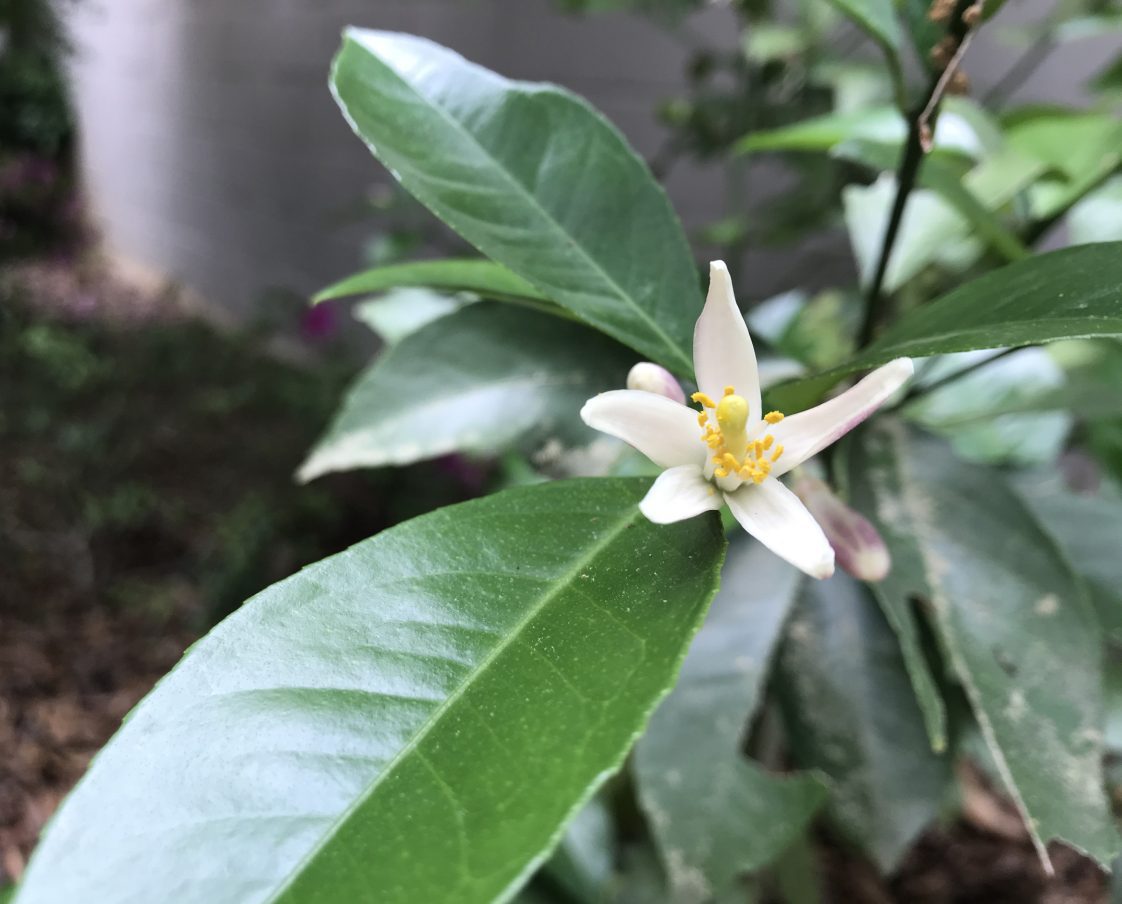Lawn & Garden

Growing citrus is a vital component of Alabama’s agricultural landscape and economy. However, citrus trees face numerous threats from various pathogens, including federally regulated ones such as Huanglongbing (HLB) or citrus greening, Sweet Orange Scab, Citrus Black Spot, Citrus Canker, and Citrus Yellowing Vein Clearing Virus. To combat these diseases effectively, the Alabama Cooperative Extension System has introduced a new Citrus Sample Submission Form, which plays a crucial role in diagnosing and managing possible citrus pathogens.
Submitting Citrus Samples Matters
Identifying potential problems early is key to mitigating their impact on citrus trees. If you suspect any abnormalities in your citrus trees, such as unusual discoloration, leaf deformation, or poor fruit quality, it’s imperative to submit samples promptly for analysis. Early detection allows for swift intervention measures, potentially saving entire orchards from crop loss. It is always important to consider soil testing and following fertilizer recommendations for citrus when considering the health of citrus trees.
Proper Packaging
Submitting samples in the right manner is as critical as submitting them promptly. To ensure accurate diagnosis, it’s essential to package samples correctly. The following are some key packaging guidelines to follow:
- Use plastic bags. When collecting samples, use clean plastic bags to prevent contamination and ensure the integrity of the specimens.
- Separate leaf tissue and soil samples. Leaf tissue samples should be packaged separately from soil samples to avoid cross-contamination and facilitate accurate testing.
- Choose sturdy packaging. Utilize a sturdy box to prevent samples from getting crushed or damaged during transportation. This ensures that the samples reach the testing facility intact and suitable for analysis.
- Timely submission. Aim to send samples early in the week to minimize the time they spend in transit and processing facilities. This helps maintain sample freshness and integrity, leading to more accurate results.
Filling Out the Citrus Sample Submission Form
When completing the citrus sample submission form, provide as much information as possible about the citrus tree in question. Details such as tree variety, age, symptoms observed, and previous management practices can significantly aid in diagnosis and treatment recommendations. Download and edit the Citrus Sample Submission Form on the Alabama Extension website.
The Role of Federal Regulation and Collaborative Efforts
It’s important to note that if federally regulated pathogens are detected in submitted samples, the Alabama Department of Agriculture and Industries (ADAI) must be notified. This means that the citrus tree in question will have to be removed.
Collaborative efforts between state agricultural agencies, commercial citrus growers, and homeowners are crucial in containing and eradicating these devastating diseases from the state of Alabama.
Protecting Alabama’s Citrus Industry
The health and vitality of Alabama’s citrus industry depend on our collective efforts to combat disease outbreaks effectively. By promptly submitting samples for analysis, adhering to proper packaging guidelines, and collaborating with state agricultural agencies, we can safeguard our citrus orchards and homegrown trees from the threat of harmful pathogens.
Seeking Further Assistance
If you have any questions or require assistance with the Citrus Sample Submission Form, don’t hesitate to contact your local Alabama Extension office. The Extension office can provide guidance and support throughout the sampling and diagnosis process. You can find the contact information for your nearest county extension office at www.aces.edu.

